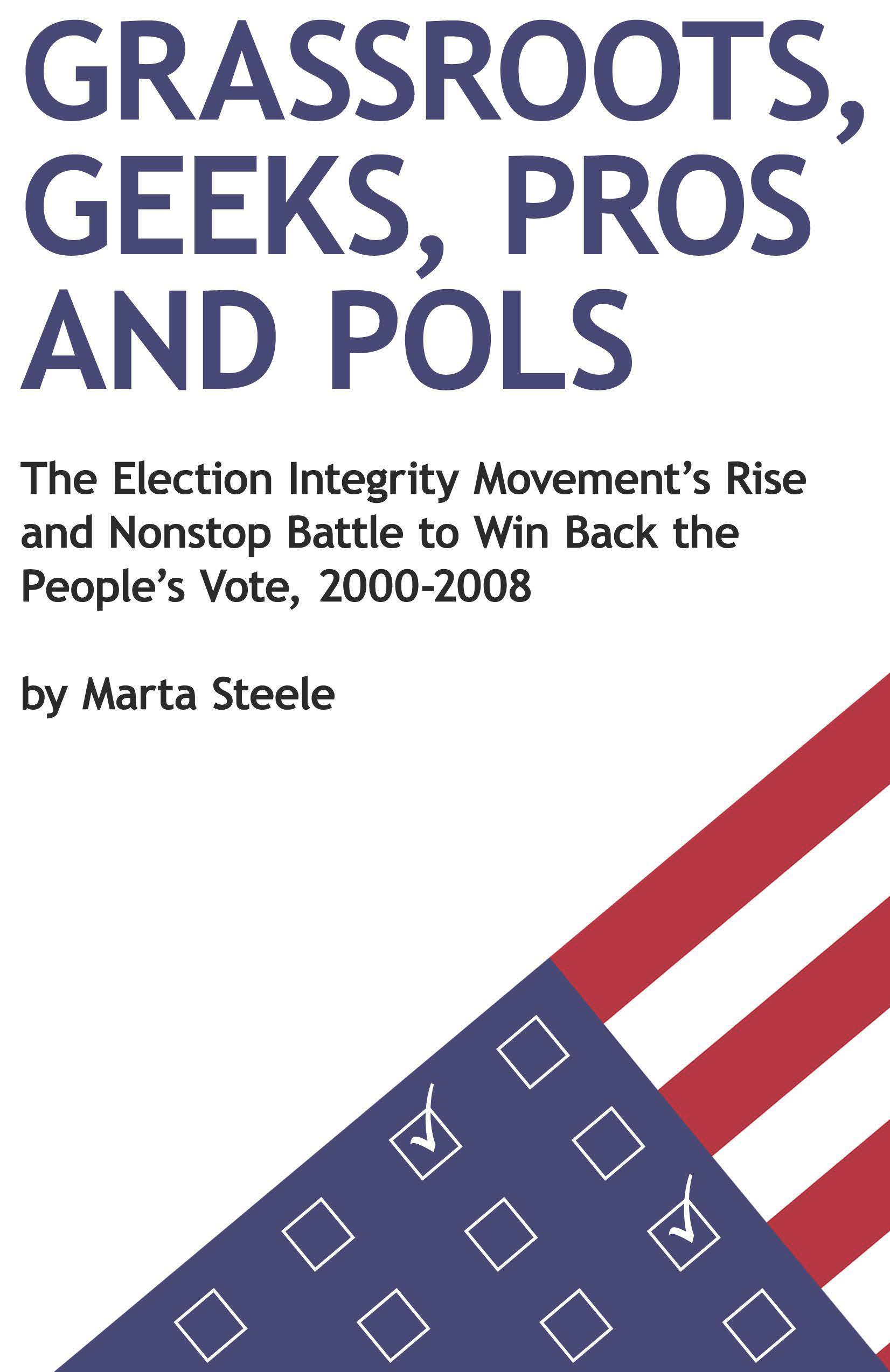Narcissists Are Wired For Cruelty Because narcissists are defined by selfishness, manipulation, control, and insensitivity, they are strongly inclined to be cruel.
(Image by YouTube, Channel: Surviving Narcissism) Details DMCA
The world needs cruelty tracking
As the leadership example of Donald Trump has unleashed a plague of psychopathy and narcissism, the world is seeing a massive increase in cruelty.
It is time to start tracking and calling out cruelty on a regular basis as part of the daily News as part of the coverage of politics and policy. The coverage should detail the nature of the cruelty, the victims, and the organizations and people initiating and perpetrating the cruelty.
Part of the process should be aimed at shaming those who initiate, enable and perpetrate the cruelty. This can be done at national and local levels. He should be done as often as possible certainly weekly if not daily, with weekly and monthly worst perpetrators. There can be categories for the monsters who initiate cruelty and the authoritarians who obey those monsters and follow the orders to perpetrate and carry out the cruelty.
Researching this, I discovered that there are far more organizations tracking animal cruelties than there are organizations tracking human cruelty.
It's clear that there will need to be definitions and criteria for this cruelty tracking. And it should not be a partisan project. Below you'll find the results of my research using AI, in this case Grok. It's interesting to note that Google's AI, Gemini refused to do the research, saying that it was against their rules because of the shaming aspect, that it could hurt people.
AI research
Implementing a cruelty tracking program as part of regular news coverage requires a structured, ethical, and impactful approach. Below are 20 detailed suggestions for designing and executing such a program to monitor, expose, and shame cruelty at international, national, and local levels, while ensuring accuracy, fairness, and effectiveness:
Establish Clear Definitions and Criteria: Define "cruelty" with specific, measurable criteria (e.g., intentional harm, exploitation, or dehumanization) to ensure consistency. Include categories like physical, psychological, systemic, or policy-driven cruelty.
Create a Dedicated Reporting Framework: Develop a standardized template for reporting cruelty, detailing the act, perpetrators, victims, context, and evidence. Include fields for scale, intent, and impact to quantify severity.
Form a Multidisciplinary Oversight Team: Assemble a team of journalists, psychologists, ethicists, and legal experts to review cases and ensure impartiality. This team can classify acts and assign severity rankings.
Leverage Open-Source Intelligence: Use social media, X posts, public records, and whistleblower accounts to gather evidence of cruelty. Verify sources to avoid misinformation, cross-referencing with credible reports.
Build a Public Database: Create an accessible, searchable online database cataloging cruelty incidents, with filters for location, category (e.g., political, corporate, social), and perpetrators. Ensure data privacy for victims.
Collaborate with NGOs and Watchdogs: Partner with human rights organizations (e.g., Amnesty International, Human Rights Watch) to access verified data and amplify findings. Share resources to track systemic cruelty.
Next Page 1 | 2 | 3 | 4 | 5 | 6 | 7 | 8 | 9 | 10
(Note: You can view every article as one long page if you sign up as an Advocate Member, or higher).






